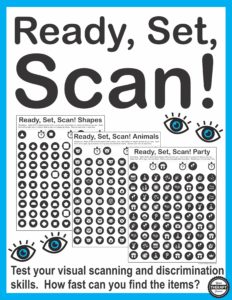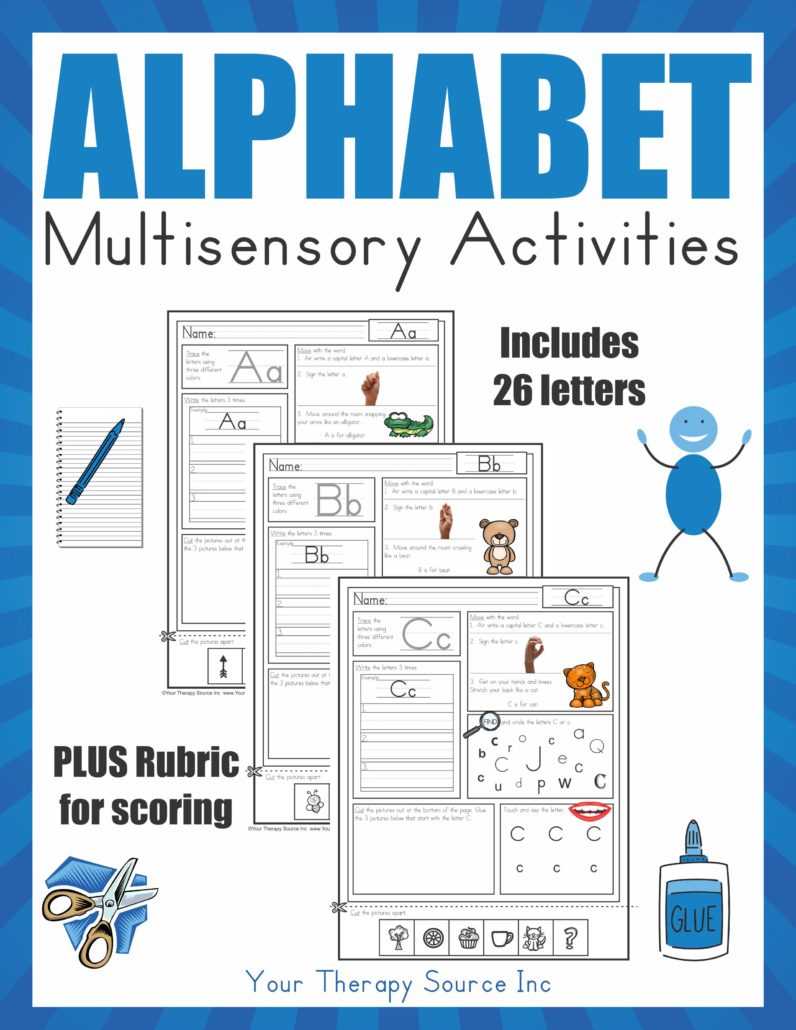Visual Deficits in Children with Dyslexia
Visual Deficits in Children with Dyslexia
Research indicates that the core cognitive deficit in dyslexia involves language (phonological) processing. Since reading is also a visual task, researchers explored the potential role of visual deficits in children with dyslexia.
In order to evaluate the frequency of visual deficits in children with dyslexia (vergence, accommodation, and ocular motor tracking) an observational study was performed with 29 children with dyslexia and 33 typically developing children. To determine visual deficits the following measures were used:
- Vergence was assessed for amplitudes, fusional ranges, and facility
- Accommodation was assessed for amplitude, facility, and accuracy
- Ocular motor tracking was assessed with the Developmental Eye Movement test and Visagraph eye tracker
Results of the Study on Visual Deficits in Children with Dyslexia
The results of the study on visual deficits in children with dyslexia indicated the following:
- accommodation deficits were more frequent in the dyslexia group.
- for ocular motor tracking, 62% of the children with dyslexia scored in the impaired range (in the Developmental Eye Movement test, Visagraph, or both) compared to 15% in the typically developing group of children.
- vergence deficits occurred in 34% of the children with dyslexia and 15% in the typically developing children.
- overall 79% of the children with dyslexia and 33% of the typically developing children had deficits in 1 or more domain of visual function.
The researchers concluded that visual deficits in children with dyslexia are far more prevalent than in typically developing readers, but the possible cause and clinical relevance of these deficits are uncertain. Further study is necessary to examine how and if treating these deficits can improve visual symptoms and/or reading parameters.
Read the full-text article here.
Reference: Raghuram A, Gowrisankaran S, Swanson E, Zurakowski D, Hunter DG, Waber DP. Frequency of Visual Deficits in Children With Developmental Dyslexia. JAMA Ophthalmol. Published online July 19, 2018. doi:10.1001/jamaophthalmol.2018.2797
Read more on:
link between visual-motor integration and reading.
Fine Motor Skills, Visual Function and Reading in Children
Orthographic Processing and Handwriting
Ready, Set, Scan digital download.
Ready, Set, Scan encourages:
- visual scanning
- visual attention
- visual tracking
- visual discrimination skills
- visual motor skills
Multisensory Alphabet Activities – digital download includes 26 activity pages for each letter of the alphabet plus a bonus rubric to track progress. Research indicates that children need to master four components in order to identify letters: letter recognition – the ability to recognize the shape and size of the letter, letter naming – recognizing that the shape of the letter is associated with a letter name, letter sound knowledge – determining what sound corresponds to the shape or name of the letter and letter writing – the ability to trace or write the letter with a pen in accordance with its shape and direction (Bara & Bonneton-Botte, 2017). Each worksheet addresses each of these components in addition to movement activities. A font similar to the Zaner-Bloser® font is used with dotted lines. FIND OUT MORE






